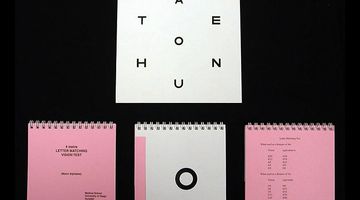Ocular forensics is the application of knowledge about eye structure and function to a court of law. Associate Professor Gordon Sanderson, an ophthalmologist at the University of Otago, gives examples of how the visual and medical components of the eyes, in a given context, can be used in a court to explain certain scenarios.
Transcript
ASSOCIATE PROFESSOR GORDON SANDERSON
Everybody’s familiar with shaken baby syndrome, I think – I hope they are – non-accidental injury. One of the things that occurs, among other things, when a baby is shaken, is they develop little haemorrhages inside their eyes. And it’s one of the diagnostic tests to prove that the baby hasn’t just had a fall or hasn’t just done something unpleasant to themselves. This has actually occurred because the baby’s head was shaken, and that is part of the whole thing of ocular forensics.
And then we can use it from the other aspect which is, what can you see? Could you actually reliably identify the person that you said you did? Do you have sufficient vision? Was it too dark? Was it raining? Are you telling the truth? Is your information reliable? We need somebody who can objectively evaluate your ability to see as to whether or not the information that you’ve provided is correct.
Things like lighting. Motor traffic accidents occur often due to poor lighting or inadequate lighting or inadequately lit vehicles. What was the role that the lighting played? Now an example was a guy who drove his motorbike into the back of a parked truck. The truck driver was prosecuted because it was careless use causing death. Now the prosecution was going to go ahead and then the lawyer contacted me and said, “Well, actually they’ve found a pair of sunglasses that the guy on the motorbike was wearing.” It turned out he was riding his motorbike under yellow lights, the truck was blue, you can’t illuminate blue with yellow lights, you can’t see blue. The guy was wearing blue sunglasses, so again all the more reason why he couldn’t see the truck.
So you put the whole thing together and you realise the truck driver wasn’t totally to blame. If the guy hadn’t been wearing sunglasses, he would have probably seen the truck and avoided it. That’s what ocular forensics is all about – it’s putting together the visual or the mechanical or the medical components of the eyes into a context where they can be used in a court to explain a certain scenario.
Acknowledgements:
Certain images in this video are the copyrighted property of 123RF Limited, their Contributors or Licensed Partners and are being used with permission under license. These images may not be copied or downloaded without permission from 123RF Limited.
Antony Kwok


